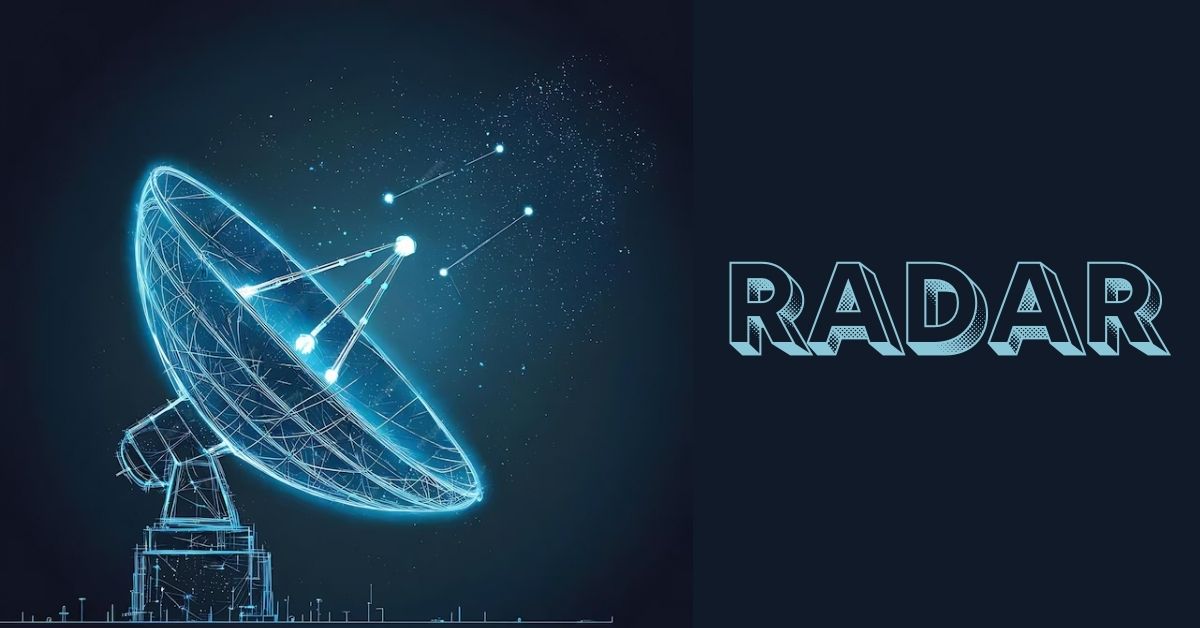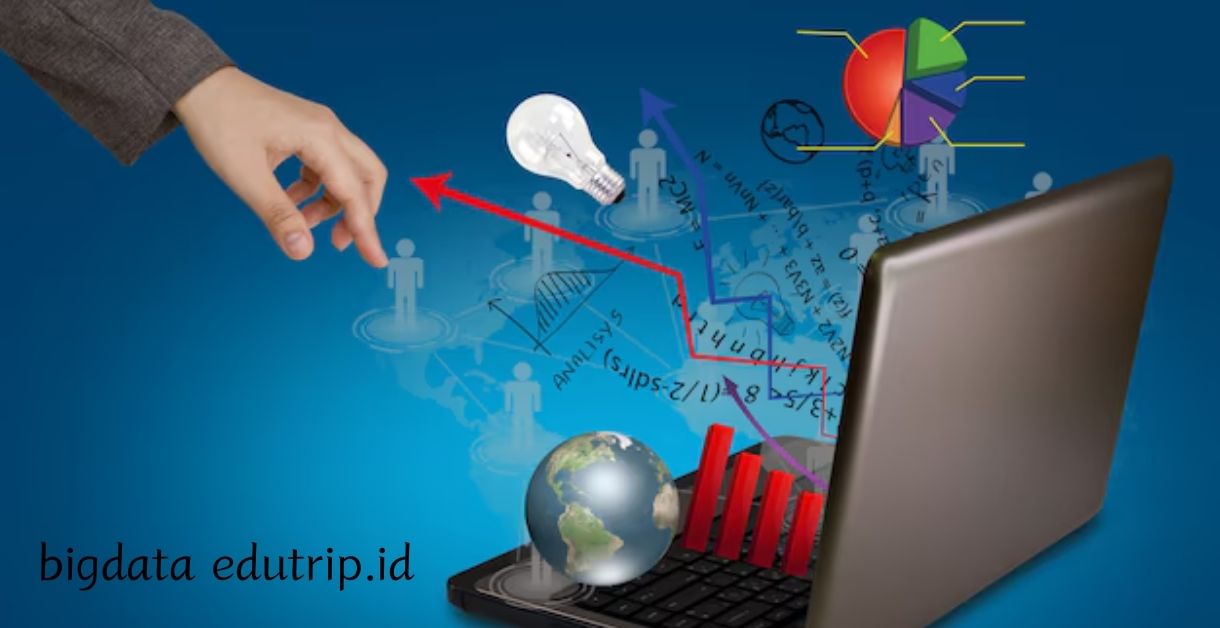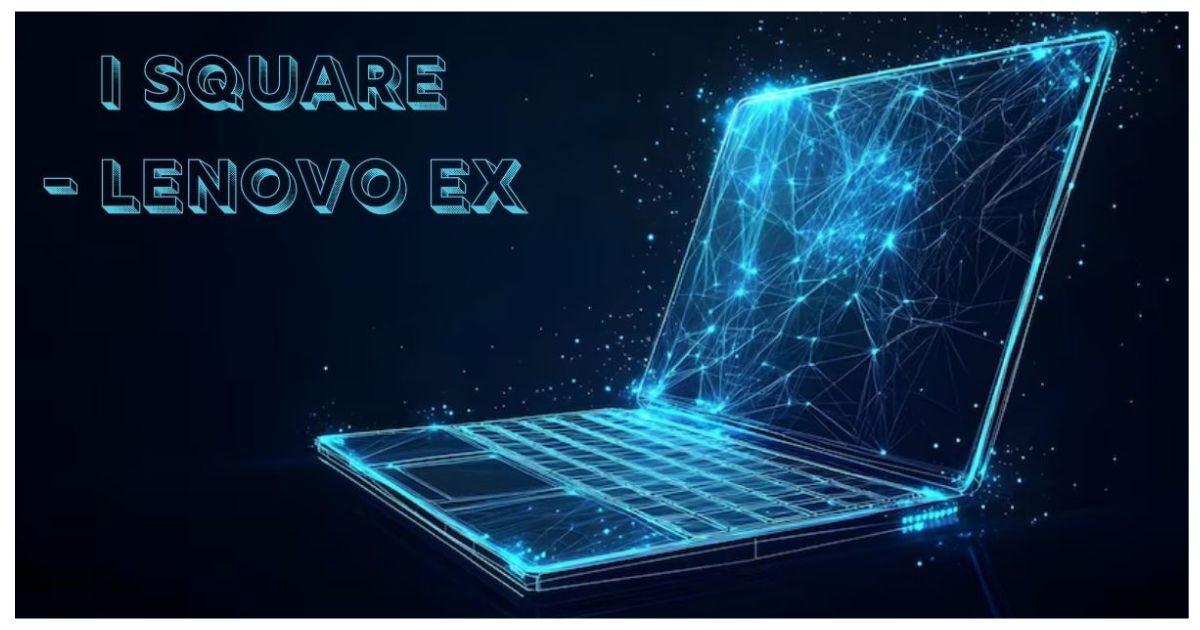Radar technology has been a cornerstone of modern engineering and science, playing a critical role in various sectors, from aviation to weather forecasting. Over the years, rada’r has evolved in complexity, enabling its use in new and exciting applications. This article delves into radar’s basic principles, key applications, and its future, illustrating how this technology shapes our world.
The Origins of Radar Technology
Radar technology was initially developed during World War II to detect enemy aircraft and ships. Its primary function was to provide military forces with an early warning system. Over time, this technology has undergone significant improvements, broadening its scope beyond military applications. Radar’s development was driven by the need to accurately locate objects from a distance, even under challenging conditions such as darkness or poor weather.
How Rada’r Works
At its core, radar functions by emitting radio waves that reflect off objects and return to the rada’r receiver. The time it takes for the waves to return helps determine the object’s distance. Rada’r systems can also calculate speed based on the Doppler effect—where the frequency of the returned waves shifts as the object moves. This combination of distance and velocity data makes radar a powerful tool for tracking both stationary and moving objects.
The Key Components of Radar Systems
Radar systems consist of several essential components. First, the transmitter generates radio waves, which are sent out via an antenna. The receiver, another key component, detects the radio waves that bounce back after hitting an object. A signal processor then interprets this information, allowing users to understand the location, speed, and even the shape of the detected object. Displays, such as monitors or consoles, visually represent this data for easy interpretation.
Radar in Aviation
One of the most critical applications of radar is in aviation. Air traffic controllers rely heavily on rada’r systems to monitor the position and speed of aircraft, ensuring safe flight operations. Rada’r systems help prevent collisions and aid in navigation, especially during poor weather or low visibility conditions. Without radar, modern air travel as we know it would be much riskier and more complicated.
Radar in Weather Forecasting
Radar has revolutionized weather forecasting. Meteorologists use rada’r systems to track weather patterns, detect storms, and predict rainfall. By observing how radio waves scatter off rain droplets, rada’r can estimate the intensity of precipitation. This information is crucial for warning systems that protect people from severe weather events like hurricanes, tornadoes, and thunderstorms. Doppler radar, in particular, has become essential in tracking the movement of storm systems.
Rada’r in Military Applications
Although radar is now used in various civilian industries, its military applications remain significant. Rada’r systems are critical for detecting enemy aircraft, ships, and missiles. Modern military radars are more advanced than their World War II counterparts, with capabilities such as stealth detection, electronic countermeasures, and integration with missile defense systems. Radar’s ability to operate in all weather conditions makes it indispensable in defense operations.
Automotive Radar for Safety
Radar technology is increasingly being integrated into automobiles to enhance safety. Advanced driver-assistance systems (ADAS) use rada’r to detect objects around the vehicle, helping drivers avoid collisions. Features such as adaptive cruise control, automatic emergency braking, and blind-spot detection all rely on radar. These systems work by continuously monitoring the road and adjusting the car’s actions to maintain safety, making driving both safer and more efficient.
The Use of Radar in Space Exploration
Radar also plays a crucial role in space exploration. NASA uses rada’r systems to map planets, moons, and other celestial bodies. For instance, rada’r has been used to study the surface of Venus and detect hidden water on Mars. By sending radio waves to these distant bodies, scientists can gather valuable data that would be impossible to obtain through traditional imaging techniques. Radar enables us to “see” through thick atmospheres and explore terrain that would otherwise be obscured.
Radar in Maritime Navigation
In maritime environments, radar is essential for navigation and collision avoidance. Ships use rada’r to detect other vessels, navigate through fog, and avoid dangerous obstacles. The technology is particularly useful for large cargo ships, where visibility from the bridge may be limited. Maritime radar systems ensure safe passage across oceans, even in treacherous conditions.
The Impact of Radar on Society
Radar has had a profound impact on society. It has not only made air travel safer and weather forecasting more accurate but also contributed to advancements in various fields, including defense and automotive safety. Its ability to operate in all weather conditions and detect objects at great distances has made rada’r an invaluable tool in modern life. The continuous improvements in radar technology promise even more benefits in the future.
Challenges and Limitations of Radar Technology
Despite its many advantages, radar technology has limitations. One of the primary challenges is interference, which can occur when multiple rada’r systems operate in the same area. Signal jamming, a technique used in military conflicts, can also disrupt rada’r functionality. Additionally, the accuracy of rada’r can be affected by factors such as terrain, weather, and the size of the object being detected. As technology advances, however, many of these limitations are being addressed through innovations like phased array radar and artificial intelligence integration.
The Future of Radar Technology
Looking ahead, radar technology is poised for even greater advancements. Artificial intelligence and machine learning are being integrated into rada’r systems, allowing for more accurate object detection and classification. Additionally, new radar technologies are being developed for use in autonomous vehicles and drones. These systems will enable machines to navigate complex environments with minimal human intervention, opening up possibilities for automation in industries ranging from transportation to agriculture.
Conclusion
Radar technology has come a long way since its inception, proving its value across numerous industries. From improving flight safety to revolutionizing weather forecasting and enhancing vehicle safety, rada’r remains at the forefront of technological innovation. As we continue to push the boundaries of what radar can do, its impact on society is only set to grow.
FAQs
What is radar used for today?
Radar is used in aviation, weather forecasting, military defense, automotive safety, and space exploration, among other applications.
How does rada’r detect objects?
Radar detects objects by emitting radio waves that bounce off the object and return to the radar system, which then calculates the object’s distance and speed.
Can rada’r work in bad weather?
Yes, rada’r can operate effectively in poor weather conditions, making it valuable for navigation and weather forecasting.
What is Doppler rada’r?
Doppler rada’r is a type of rada’r that measures the speed of objects by detecting changes in the frequency of returned radio waves, which is essential for tracking weather systems.
How is rada’r used in cars?
Rada’r is used in advanced driver-assistance systems (ADAS) to help drivers avoid collisions by detecting objects around the vehicle and automatically adjusting the car’s actions.











